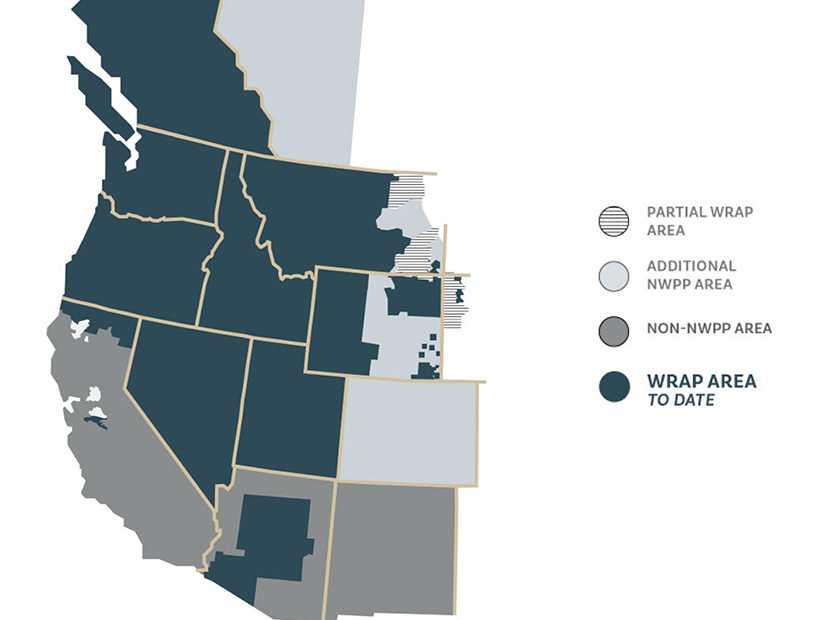FERC sent a deficiency letter to the Western Power Pool last week, asking it to provide more information on the tariff filing for its proposed Western Resource Adequacy Program, a first-of-its-kind effort to ensure large swaths of the Western Interconnection have sufficient resources to meet summer and winter peak demand.
The WRAP would have two main “time horizons,” a forward-showing program requiring participants to show they have sufficient capacity months in advance of summer and winter peaks, and an operational program, focused on the allocation of resources in real-time and day-ahead time frames.
The WRAP’s tariff filing said that to participate in the operational program, entities would have to have market-based rate authority to “engage in such transactions to the same extent they would require market-based rate authority if they conducted the same bilateral wholesale transaction for a non-WRAP purpose,” the commission noted.
FERC asked how “participants with market-based rate mitigation or those without market-based rate authority will be treated in the WRAP operations program” and asked WPP to explain “to the extent these procedures are not described in the tariff yet, please describe where WRAP might address the circumstances described above.”
FERC did not give specific examples, but in 2016 it denied Berkshire Hathaway Energy subsidiaries permission to sell wholesale power at market-based rates in four neighboring balancing authority areas, including the PacifiCorp East, PacifiCorp West, Idaho Power and NorthWestern Energy areas. Berkshire had failed to prove that its units did not exercise horizontal market power in the region, the commission said. (See Berkshire Market-Based Sales Restricted in 4 Western BAAs.)
The BHE subsidiaries included PacifiCorp and NV Energy, which together cover much of the interior West. Both have been active in designing the WRAP and are among the 26 participants that signed up for its current non-binding phase, which did not require FERC approval.
Whether FERC might allow the utilities to participate in WRAP with market-based rate authority remains in question. In 2017, the commission gave PacifiCorp and NV Energy permission to sell power into CAISO’s Western Energy Imbalance Market at market-based rates, reversing its previous finding that had restricted the companies to submitting only cost-based offers. That reversal partly hinged on the utilities providing analysis that showed there was little congestion between WEIM BAAs after NV Energy’s energy into the market, supporting the argument that member BAAs should not be considered submarkets subject to market power. (See PacifiCorp, NV Energy Gain EIM Market-Based Rate Authority.)
Other questions FERC asked WPP to respond to dealt with the WRAP’s requirement that participants secure transmission rights in the forward-showing program and WRAP’s intention to hire an “independent evaluator to provide an independent assessment of WRAP’s performance.”
WPP filed the proposed WRAP tariff with FERC on Aug. 31 and had been hoping to win FERC approval by the end of the year. WPP asked would-be participants to confirm their commitments to the binding phase of the program within the next few weeks. (See Western Power Pool Board Approves WRAP Tariff.)
“While this may alter the timeline for FERC approval of the tariff, it does not change our timeline for securing additional commitment from our participants by mid-December,” WPP CEO Sarah Edmonds said in an emailed statement. “This is an important deadline and next step toward implementing the WRAP and addressing urgent resource adequacy concerns.”
As for FERC’s questions, “we knew this was a possible, if not expected outcome and were prepared for it,” Edmonds said. “These letters are common in complex tariff filings. They simply seek more information and are not a reflection – good or bad – on the merits of the application. Our team is compiling the requested information, and we will respond by the deadline. I remain confident we can resolve the process and ultimately gain approval.”


